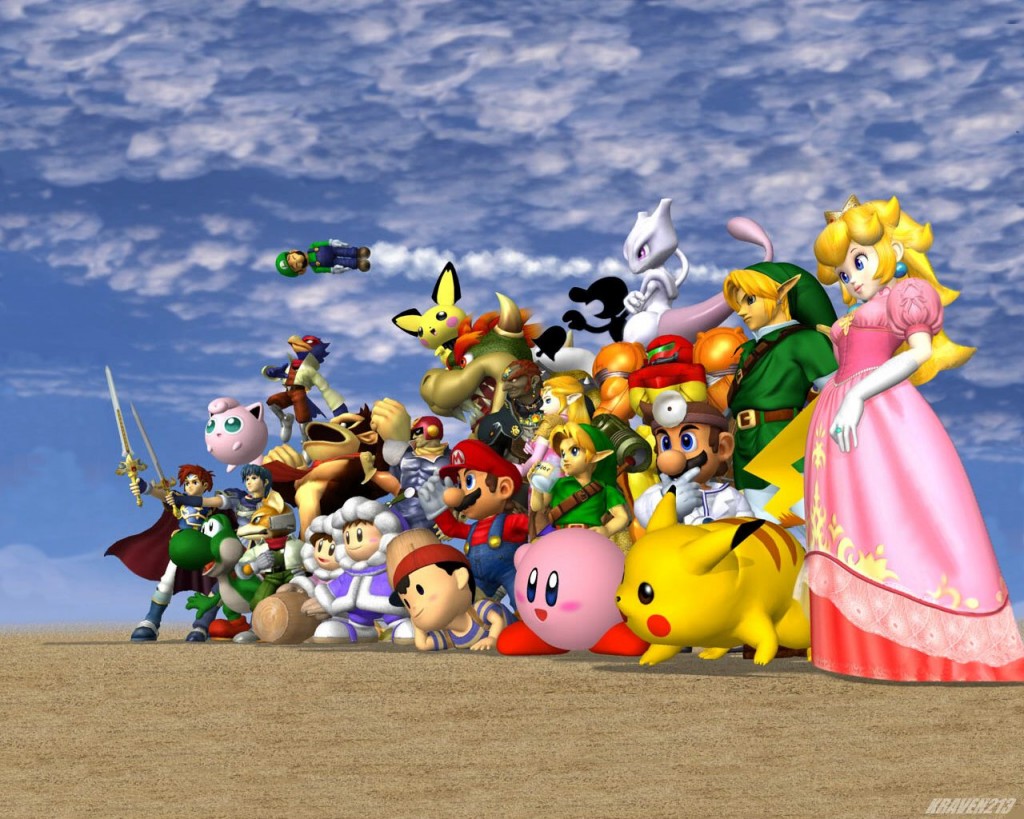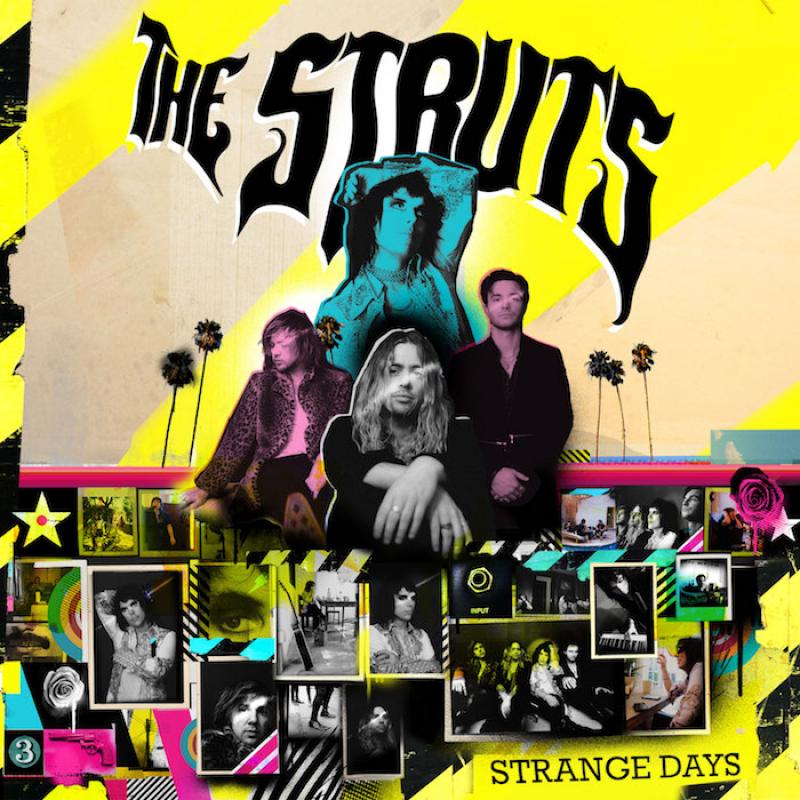
How ‘Super Smash Bros. Melee’ has withstood the test of time
By Chandler Walter, Assistant Editor
Nothing is more exciting than besting your friends at video games, so what better way to do it than smashing them in their faces and sending them off into the horizon?
Super Smash Bros. Melee is, arguably, the simplest and most addicting way to play with (up to) three of your friends. The staple of the GameCube featured many of your favourite heroes from other Nintendo games, all getting together to beat on each other until someone’s thumb starts to bleed from a worn-in controller, or someone else gets upset and turns off the console in a fit of rage.
You could keep it all in the family and have Mario, Princess Peach, and Bowser all fighting for no other reason than that is what they exist to do. You could have Star Fox pilot Fox McCloud duke it out with his right-hand bird Falco Lombardi in a one-on-one duel that is almost too quick to keep up with. Or you could just go with off-the-wall matchups, like Link from The Legend of Zelda squaring off against Pikachu, Kirby, and Donkey Kong.
While it was not the first edition of the Super Smash Bros. franchise, Melee arrived at the time when multiplayer video games were really gaining their legs. The original Super Smash Bros. for the Nintendo 64 had the same excitement at its core, but the limitation on characters and maps lessened its replay value, and led it to being trumped by its successor in 2001, two years later.
While there have been additions to the franchise since, with Super Smash Bros. Brawl in 2008 for the Wii, and Super Smash Bros. in 2014 for the Wii U, neither have quite lived up to the hands-down brilliance that is Melee.
Melee got it right on changes from the original game. The characters were fresh, but the originals stayed. The new maps offered choice between close combat, or an all-out, terrain-spanning war. The new items were fun, though not too overpowered (other than that damn hammer), and thus did not decide the outcome of the matches.
The additions after Melee tried to be too much. The map obstacles had too much influence on the fights, and the items were a pain. Where once, it was mostly skill that decided each match, the new games added too many variables to determine the true winner.
In Melee, it felt like more than a video game. It was a skill that you had honed so perfectly that in a Final Destination, items off, one-versus-one fight, you knew exactly when to strike, and there was no room for error. That type of battle could be imitated on the game’s later additions, but they would never truly match up to the delicate precision of Super Smash Bros. Melee.

